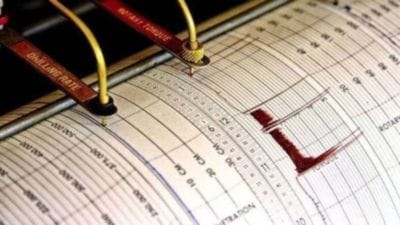IMD works on more accurate forecasts
1200 more automatic weather stations,55 more Doppler radars to come up across India
After the first phase of its modernisation led to an improvement in the accuracy of forecasts,the India Meteorological Department (IMD) has embarked on Phase 2,in a bid to increase its forecasting capabilities. IMD Director Dr B P Yadav said that the department would install at least two automatic weather stations in every district in India for the purpose,besides launching a Rs 600-crore Integrated Mountain Meteorology Programme to install modern weather equipment in the Himalayan states.
Phase 2 will see the IMD commission 1,200 more automatic weather stations across the country to ensure at least two such stations in each district. The process of setting up these stations have already begun.
Also,part of the departments five-year plan is the installation of 55 more Doppler radars across India. The country currently has 15 of these devices,used to predict the approach of storms and cyclones,many of them along the east coast as also inland towns,including Hyderabad,Nagpur and Delhi. Doppler radars were first installed in India in 2002.
The integrated Mountain Meteorology Programme is meant to cater to specific demands in the hilly states stretching from Jammu and Kashmir to Arunachal Pradesh. The needs of these states are very different as these are hilly regions. So the programme is meant to be a holistic project to improve facilities in these states and has already been sanctioned, said Yadav.
Phase 1 of the modernisation drive,which began five years ago and focused on improving basic capabilities,had seen the accuracy of IMDs forecast increase tremendously,Yadav said. The percentage of correct forecast has improved from around 65 per cent to 80 per cent now in the last five years. False alarms have reduced by half and missing rates the number of times we miss a weather event has also gone down to a similar degree, he said.
The improvement in the percentage of correct forecast to 80 per cent also applied to the IMDs fog forecast,Yadav said,adding that the cyclone forecast had also seen an improvement.
Photos



- 01
- 02
- 03
- 04
- 05




























